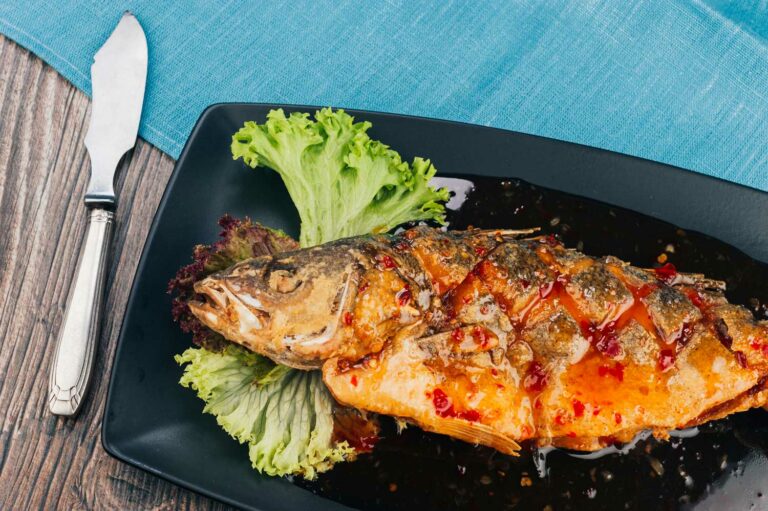Empanadas are a culinary specialty from Spain. Here you will find a simple recipe for the crispy dumplings – with various ideas for vegan and vegetarian fillings.
Empanadas are small dumplings that are a staple of national cuisine in most Spanish-speaking countries. Traditionally they are filled with meat, vegetables and cheese. Our recipe contains a basic vegan filling.
Make sure the ingredients for the empanadas are organic if possible. You support ecologically sustainable agriculture that treats the earth’s natural resources with care.
Make empanadas yourself: Here’s how

Ingredients:
600 g spelled flour
200 g vegan margarine
2 teaspoons cream of tartar baking powder
4 tsp salt
300 ml water
1 onion
1pepper
1 clove(s) garlic
2 tablespoons rapeseed oil
1 tablespoon tomato paste
150 gkidney beans
150 gcorn
200 g chopped tomatoes
1 teaspoon raw cane sugar
pepper
Directions:
First knead the spelled flour, the vegan margarine, the cream of tartar, two teaspoons of salt and the water in a bowl to form a smooth dough. Place the dough in the refrigerator covered with a damp tea towel.
Cut the onion and the pepper into small pieces. Chop the garlic.
Heat the canola oil in a large pan. Sauté the onions in it over medium heat for 3 minutes. Then add the peppers and tomato paste and cook for another five minutes, stirring occasionally.
Then add the kidney beans, corn and chopped tomatoes to the pan. Also add the raw cane sugar. Cover and let the mixture simmer for 10 minutes. Then season with pepper and the remaining salt.
Flour a work surface and knead the dough vigorously again. Then, using a rolling pin or a glass bottle, roll it out about half an inch thick. Then use a glass or bowl to cut out round pieces of dough. They should be ten to fifteen centimeters in diameter.
Place about 1/2 or 1 tablespoon of the filling in the center of each piece of dough. Then fold them into a crescent and gently press the edges together with a fork.
Place the empanadas on a baking sheet lined with baking paper or baking paper substitute. Brush them with some liquid margarine.
Bake the empanadas at 200 degrees top/bottom heat for 20 to 30 minutes until golden brown. Complete!
Empanadas: possible variations

You can prepare empanadas with a wide variety of fillings. There are numerous vegan and vegetarian options:
A very simple variant of the empanadas, for example, is only filled with (vegan) cheese.
You can also make vegetarian ground beef and add it to the filling instead of the kidney beans.
Instead of the peppers, you can also fill the empanadas with zucchini, eggplant, spinach or kale.
A dip is traditionally served with the empanadas. For example, red salsa and salsa verde or homemade guacamole go well with the crispy dumplings.

